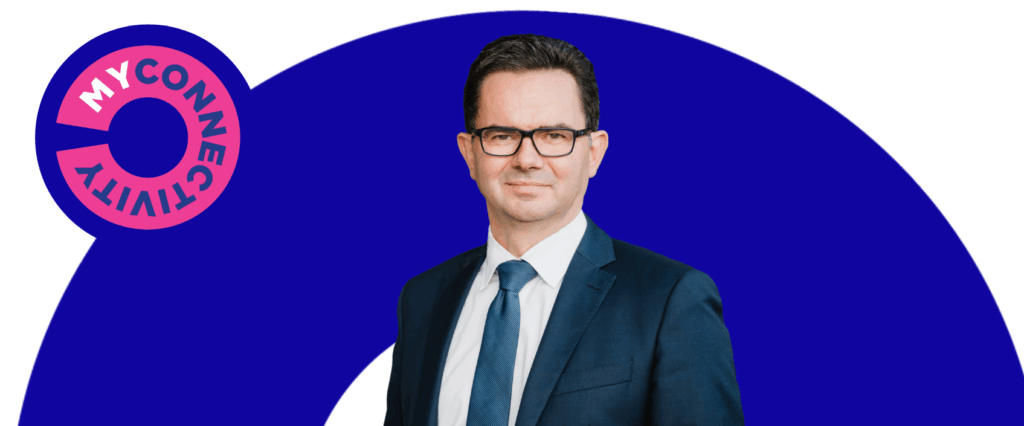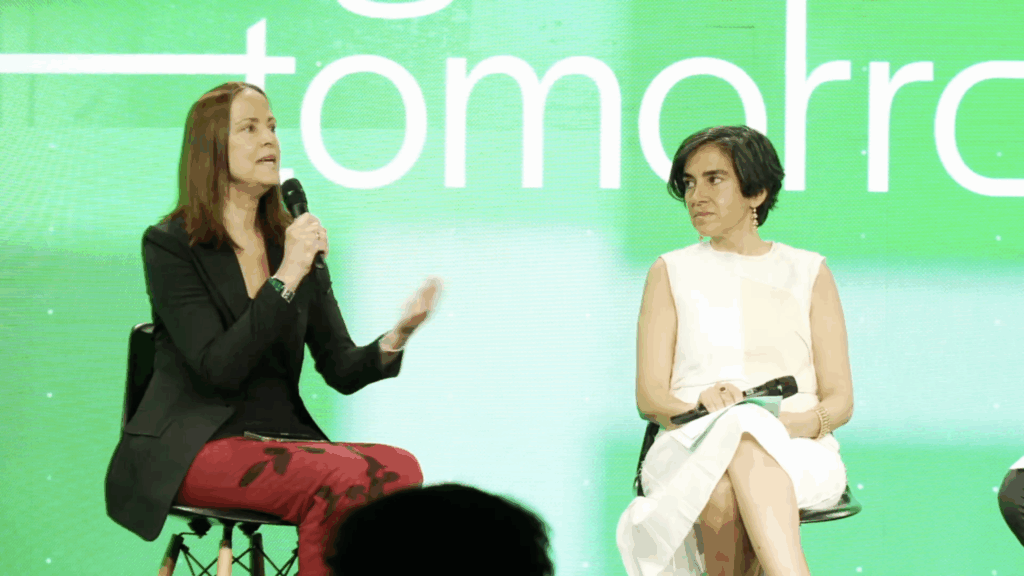
Summer series: The six dimensions of connectivity (Part two)
Scroll
Connectivity is a topic that could have us talking for an entire afternoon – and provides plenty of food for thought for an exciting summer split into in several chapters. At this year’s Nexus Luxembourg in June, MyConnectivity hosted the (afternoon) side event ‘Connecting Tomorrow’. Sixteen experts spoke for four hours on the six dimensions of connectivity. This provided some enlightening insights, which we would like to summarise per dimension over the coming summer weeks. This week: Velocity.
Scroll
Part Two: The Velocity dimension
Even though speed is no longer everything, it remains a key requirement for future-proof connectivity – just in a much more complex way than a few years ago. Accordingly, the presentations on the velocity dimension focused on the question of how well-structured (fixed) infrastructure can support new digital services and cross-border data flows.
AI-ready fibre networks: a long road, and a clear goal
Christophe Leytem & Marc Bertemes (Post Technologies) presented the path to ‘AI-ready’ fibre networks – or fully autonomous operations – in this context: There is still a long way to go; the industry is currently on the threshold of assisted operations & maintenance to partial autonomous operations. By 2028, it is estimated that some two-thirds of all connectivity providers will have reached high autonomous operations and thus be on the threshold of full autonomous operation. This development also means a change at the HMI. The step from the current model-driven approach to the intent-driven approach and on to autonomics means a quantitatively higher (and faster) presence of machines – with a simultaneously higher qualitative influence of the human factor.
Global cabling, the next stage: on land and at sea
It comes as no surprise to anyone that high-performance connectivity requires a lot of cables. Benoit Felten (Plum Consulting) shared some insights on this topic, including the associated strategic promise and operational risks. Currently, first-generation cables in inland areas mostly run along roads, railways and waterways. These are supplemented by networks of (very expensive) underwater cables in the world’s oceans, which together form a global connectivity network. The latter in particular are already reaching the end of their life cycle after 20-30 years, meaning that the next stage is imminent. The associated issues revolve around performance, resilience and ownership, among other things.
Next connectivity challenges: APIs, nodes and AI
A glance at the European industry association Connect Europe’s membership list, shows just how diverse ownership – and thus responsibility – is in the field of connectivity in Europe. Connects Europe’s Director General Alessandro Gropelli addressed the next wave of connectivity challenges facing Europe, with the cost factor as one overarching issue: The connectivity ecosystem in Europe currently accounts for almost 5 per cent of the GDP, but returns on investment remain very discrete. Moreover, investments declined in 2023 compared to the previous year. Connect Europe therefore calls for the following “recipe” for Europe: Deregulate, Scale, Innovate – with the specific goal of creating high-end solutions for APIs, edge nodes and AI in networks.


